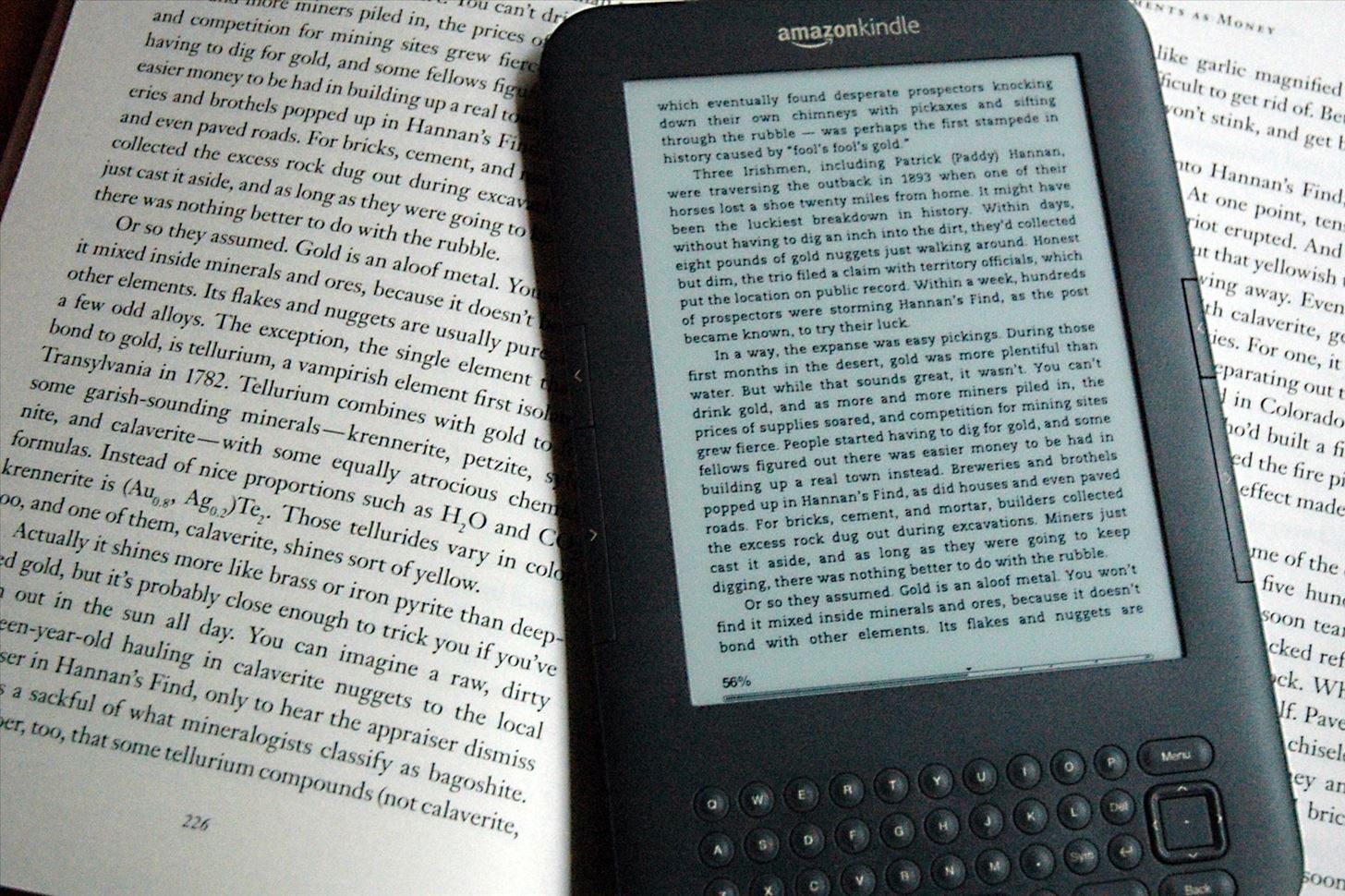If you have a hard time remembering what you've just read on your iPad or Kindle, try changing the font next time. The typeface you use to read books, newspapers, and online articles is either hurting or helping your memory, and you'll be surprised which ones are killing your brain cells.
What Fonts Are Hurting Your Brain?
Arial, Courier, Helvetica, Times New Roman. These are the fonts you see on a daily basis, and have for some time. Helvetica Neue reigns over your iPhone and Mac, Segoe is the default font for Windows products, and your Kindle uses Caecilia and Georgia.

Your eyes have grown accustomed to these basic, bland typefaces that make reading simple, and while they do make things easier to read, they're actually hurting overall retention.
How Do You Improve Memory with Fonts?
In a study led by Connor Diemand-Yauman (who received a psychology degree from Princeton, and oddly enough, appeared on CBS's The Amazing Race), students were tested on their ability to retain information from written material. Students who were given material to learn in tricky fonts performed better on exams and in the classroom than those who attempted to learn with plain, familiar fonts.

Diemand-Yauman and his team found that when presented with strange shapes and lines, your brain is forced to reinterpret words and phrases. Without the ability to quickly skim sentences or even pages, you end up spending more time with the information—and, as a result, you learn and retain more of what you read.
Basically, the more difficult a font is to read, the more you'll remember.
You Don't Have to Get Too Crazy—Simple Font Changes Work
Changing your reading routine doesn't mean you have to start applying Curlz MT to every document. Even a normalized, yet uncommonly used font like Comic Sans can help you gain more from important texts.

Diemand-Yauman's research found that even small changes, such as applying a gently bubblier font such as Chalkboard or the thicker, more block-like Britannic Bold, made a significant different for students.
Changing Up the Fonts on Your Devices
As hinted on before, you can improve your own fact retention skills while reading novels, browsing news articles, and even entering contacts into your smartphone or tablet.
When you're reading a book on a Kindle, try changing the default font to one the other ones available, then alternate between them all each time you read a new book to keep things fresh.
On an Android phone, there are ways to change the system fonts, and it's especially easy if you have a Samsung device. Some Android devices might require root access. iOS users require a jailbreak to change system font settings, but some individual apps, like the Kindle app, let you change fonts.


On your computer, you can even go a step further by designing a custom font, one that'll really ramp up your mental challenge.

Whether you're preparing for an important presentation, prepping for class, or just want to remember what really happened in Game of Thrones, typeface matters more than you think.
Just updated your iPhone? You'll find new emoji, enhanced security, podcast transcripts, Apple Cash virtual numbers, and other useful features. There are even new additions hidden within Safari. Find out what's new and changed on your iPhone with the iOS 17.4 update.























1 Comment
Someone could make a feature to change font randomly each time we open a reading.
Share Your Thoughts